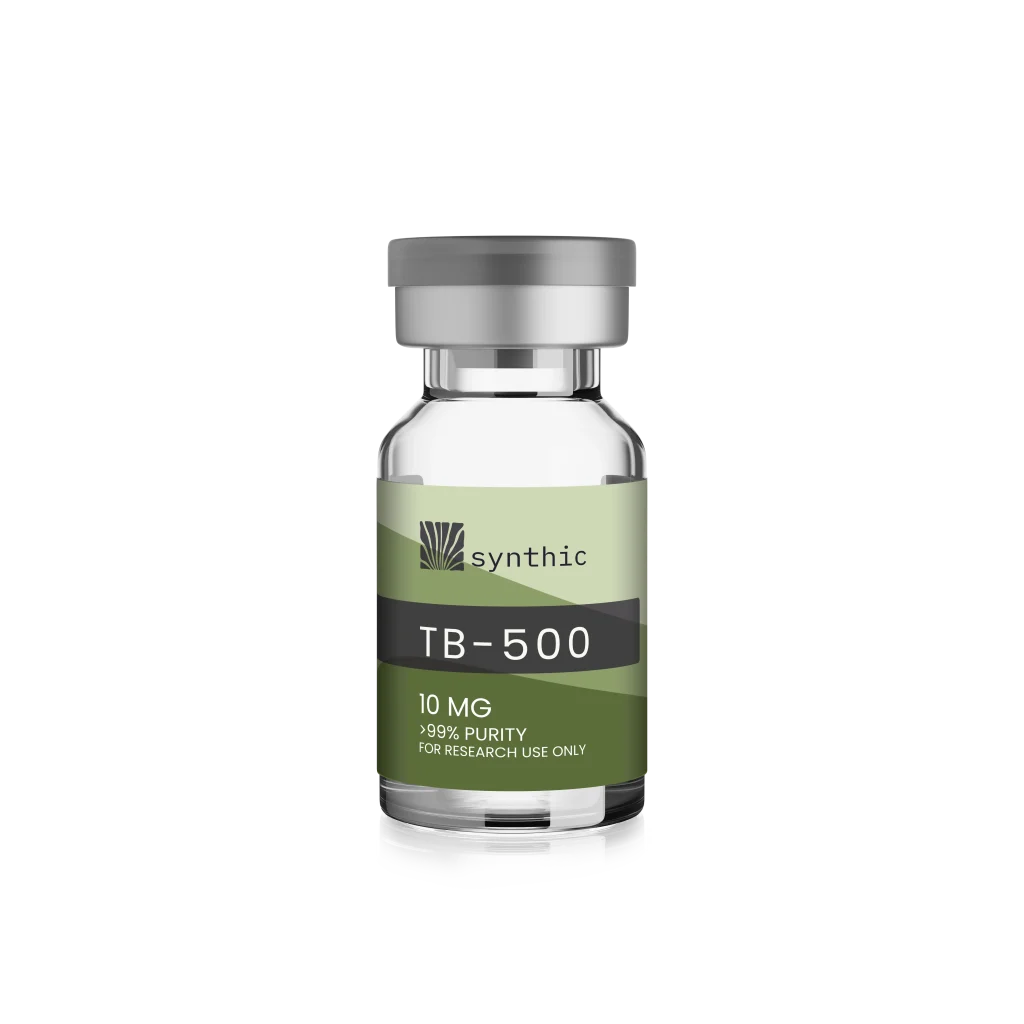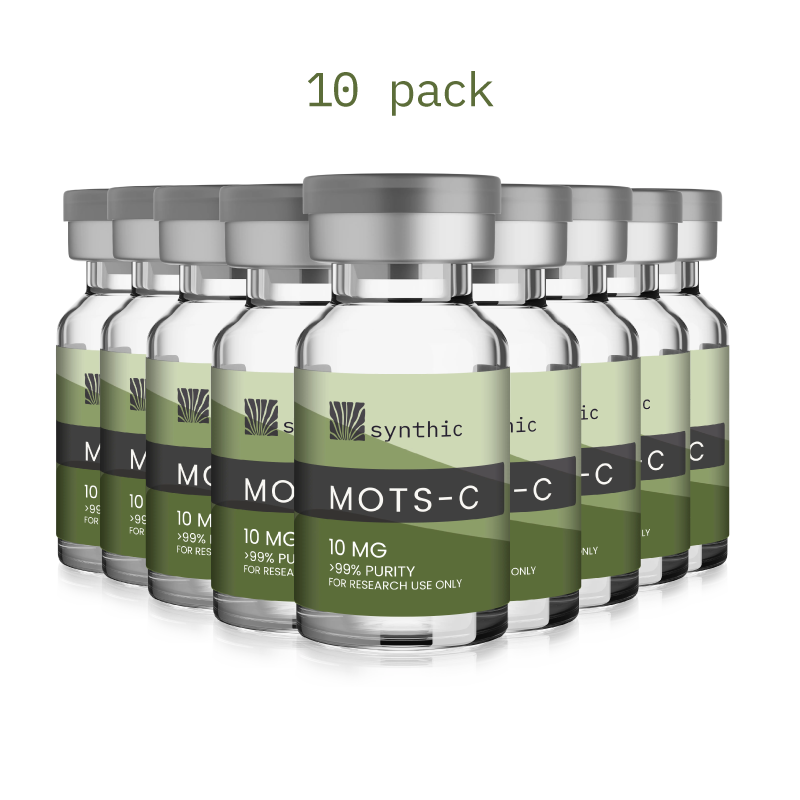Semaglutide has become one of the most talked-about peptides in metabolic research. Known for its long-acting GLP-1 receptor activity, semaglutide is widely studied in laboratory settings focused on glucose regulation, appetite control, and obesity models.
What Is Semaglutide?
Semaglutide is a synthetic analog of glucagon-like peptide-1 (GLP-1), a hormone naturally produced in the gut that helps regulate blood sugar levels and satiety. Scientists developed semaglutide to mimic GLP-1 while increasing its stability and half-life for longer activity in vivo.
The result is a research-grade peptide with a longer duration of action — making it a key tool in metabolic and endocrinological studies.
How Semaglutide Works in Laboratory Research
In controlled lab environments, semaglutide has demonstrated the ability to:
- Stimulate insulin secretion (glucose-dependent)
- Suppress glucagon levels
- Slow gastric emptying
- Activate appetite regulation centers in the brain
These effects are being investigated in rodent and non-human primate models to better understand conditions such as insulin resistance, type 2 diabetes, and obesity.
Key Areas of Semaglutide Research
Obesity & Appetite Regulation
Research using semaglutide in diet-induced obesity models has shown reductions in food intake and changes in body weight. These studies offer insight into how GLP-1 receptor pathways affect hunger and energy balance.
Type 2 Diabetes and Glycemic Control
Semaglutide has been evaluated in lab settings for its role in improving insulin sensitivity and glycemic outcomes. By enhancing glucose-stimulated insulin release and reducing hepatic glucose production, it serves as a key agent in diabetes-related research.
Neuroendocrine & CNS Studies
Lab research is also exploring how semaglutide influences brain regions like the hypothalamus. These studies look at the peptide’s effects on food motivation, reward response, and neurohormonal signaling.
Handling and Storage in Research Settings
To maintain bioactivity, semaglutide should be stored and handled with care. Most protocols recommend:
- Reconstitution with bacteriostatic water
- Storage at cold temperatures (typically 2°C–8°C)
- Protection from light and contamination
⚠️ Note: Semaglutide is strictly intended for research purposes only. It is not for human use or diagnostic applications.
Conclusion
Semaglutide is more than a trending name — it’s a well-characterized GLP-1 analog that continues to support advancements in metabolic research. With its stable profile and clear activity pathways, it remains a valuable asset for labs exploring appetite regulation, insulin response, and neuroendocrine function.
Looking for Research-Grade Semaglutide?
At Synthic, we offer premium peptides for research at unmatched prices. Explore our full catalog to find semaglutide and other peptides for your scientific projects.



